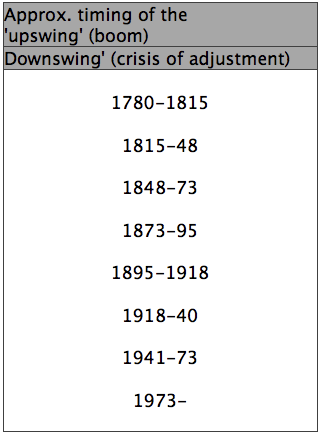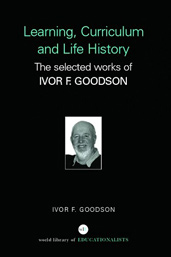Learning, Curriculum and Life Politics: the selected works of Ivor F. Goodson
Long Waves of Educational Reform
The second site for our schools was the province of Ontario in Canada, Ontario. In New York State a range of restructuring had gained impetus in the second half of the 1990’s. The introduction of Regents examinations transformed the landscape of secondary schooling. In Ontario a similar wave began in 1995 with the election of a market fundamentalist progressive conservative government. In the next five years more legislation was passed initiating educational reform than in the provinces preceding history. The financing of schools was transformed with government grants to school districts severely cut back. A range of draconian curricula and assessment reforms were rapidly brought in which aimed at centralization of curricular development and design with the Ministry of Education. The schools were made to stream between academic and practical routes whilst a range of new tests and assessment systems were introduced. Our four schools covered a spectrum of historical profiles. Eastside School is in a medium sized town in the south west of Ontario, was founded early in the century as a landmark technical school. It continued to innovateacross a broad front from Art through to Computer Studies. The school was located in the working class downtown area. Lord Byron School in a large metropolis was one of Canada’s most innovative schools in the 1960’s and rather like Durant School focused on progressive, often individualized methods and curriculum. Talisman Park in the suburbs of a metropolis was a fairly traditional academic high school where cultural migration was bringing greater diversity to the school student body. Stewart Heights also broadens its cultural base having been when it was established a primarily middle class institution in a village-like location. Blue Mountain was a technological beacon school that was run innovatively as a learning organization at the cutting edge of developments from its inception in 1992.
When we had analysed our historical archives in each school, conducted our visits and undertaken our ambitious programme of interviews, our portrayals of each school provided a broad historical profile. These profiles were broken down by each of the school report writers according to periods of time that echoed the changes in the organization and internal character of each school.
Deliberately, we did not set out with detailed historical hypotheses beyond a general belief that historical arguing would aid elucidation. Our concern was also ethnographic and inter-actionist and, since it focuses on change over time, historical patterns only emerged out of a set of specific school studies conducted by different researchers. We judged that if a pattern of conjunctures emerged from such differentiated studies by different researchers, then truly a pattern might be established. The periods discerned for each school site are summarised in Table 1.
Table 1. Waves of economic cycle (Freeman and Louçã, 2001, p.141)

